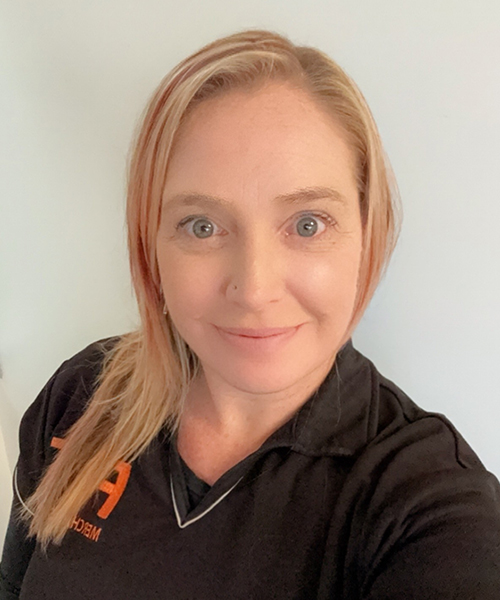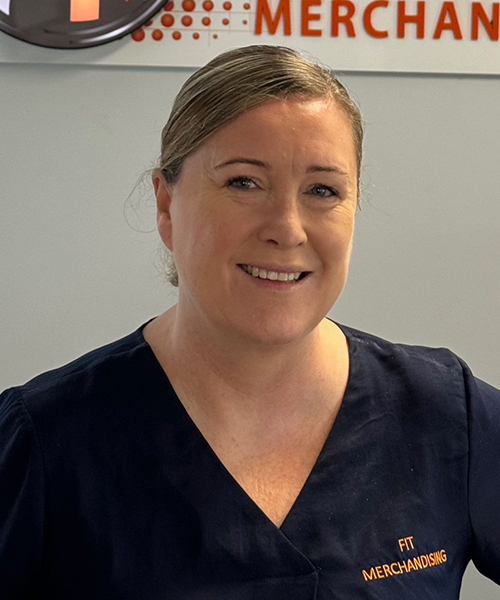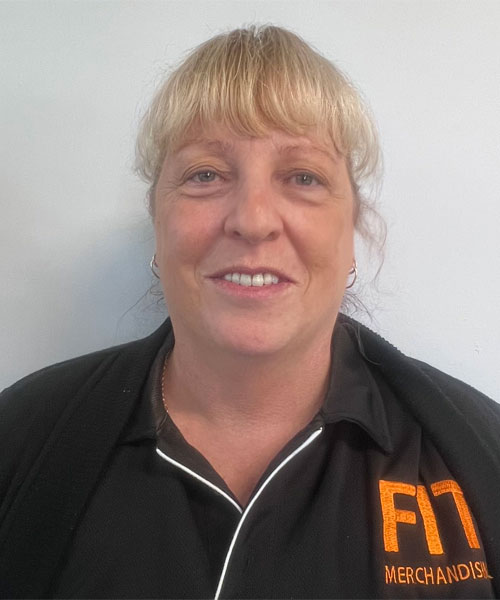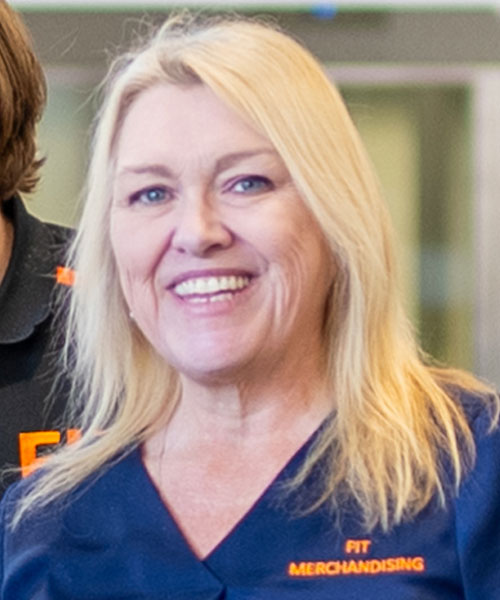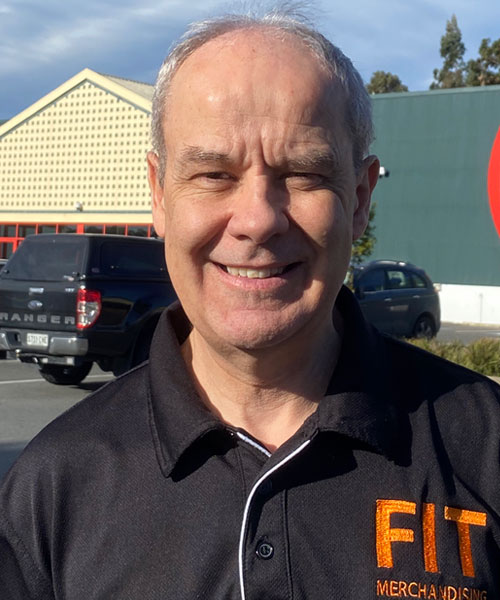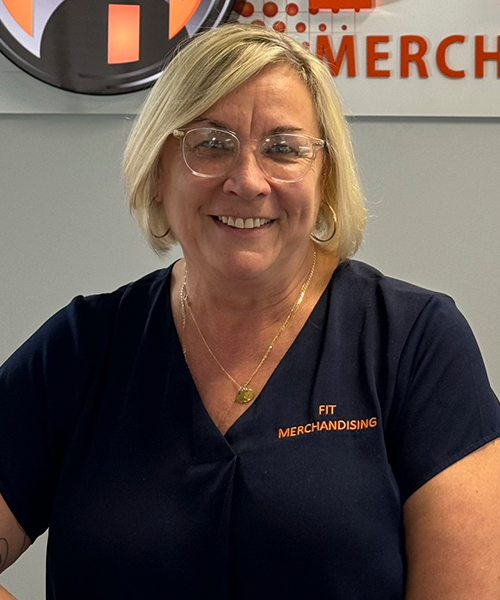Maximising Sales Through Strategic Product Placement
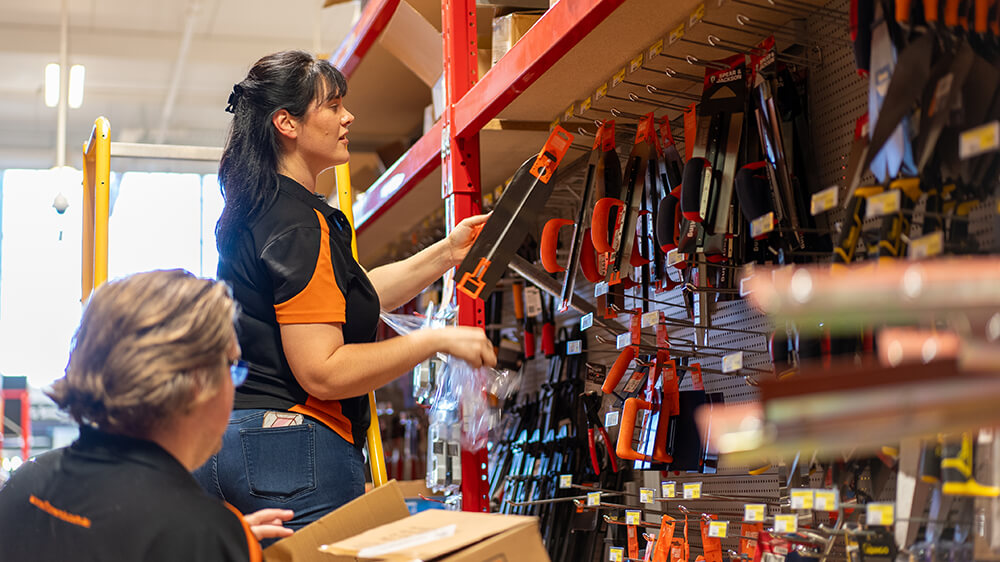
Today’s retail landscape is highly competitive. For product manufacturers and sellers, the competition for sales is fierce, which is why strategic product placement in retail outlets is crucial for success. Discover the art of strategic product placement for Australian businesses and why it’s so important for achieving sales targets.
Most shoppers don’t pre-plan their purchases
Although we live in an enlightened age with knowledge at our fingertips, leading to more discerning shopping practices, still only one third of in-store shoppers actually pre-plan their purchases. This leaves two thirds walking into a retailer without any real idea of what they’re wanting to buy.
For savvy product owners, this figure presents enormous opportunities to capture the attention of shoppers who are strolling about without any notion of what product they’re even looking for. This is where the art of smart product placement really comes into play.
You'll also want to understand your target audience by determining their preferences, buying behaviour, and shopping habits for the most effective placement of your products.
The importance of strategic product placement
Strategic product placement is crucial for product manufacturers and suppliers looking to maximise their sales. Time and time again, research has proven that products placed in high-visibility, high-traffic areas of the store result in higher sales volume. When products are strategically placed, they're more likely to catch the eye of customers and entice them to make a purchase. Brand visibility is also increased and it creates a more memorable shopping experience for customers.
Key reasons to maximise sales through strategic product placement
By having your product and brand in the forefront of a retail store, you can maximise your sales for a number of key reasons. Let’s take a look at what they are.
Impulse purchases
Remember, two thirds of the shopping population of Australia has little to no idea what they want to buy when they walk into a store, so there’s a very good chance these individuals are going to be susceptible to impulse buying.
A prime example of strategic product placement for impulse purchases is having your products displayed near the checkouts. As customers line up to pay for whatever they already want to buy, they tend to gaze about. Your product just happens to be right there in front of them and catches their eye. They pick it up, check it out and then suddenly decide they need your product and add it to their basket or shopping cart. Ease of visibility and instant accessibility increases the likelihood of someone buying impulsively.
Perceived value
People have a tendency to believe that because a particular product is more visibly displayed in a prominent location in the store, the product must be of higher quality or more desirable than other products in less prominent locations.
It’s human nature to think this way, so any product placed strategically in a high-traffic area is perceived as being better and worth purchasing. Strategic product placement also means your products get seen by a lot more people than those products hidden away on a shelf at the back of the store.
Cross-selling and upselling opportunities
When customers are drawn to your product due to its visibility and perceived value, they may also consider complimentary products. This creates an opportunity to place more than one of your products in the same location, increasing the chance of doubling your sales volume.
Additionally, this scenario also provides an opportunity for your brand to partner with other complimentary brands, allowing both companies to profit from cross-selling and upselling opportunities. For example, if you sell drill bits, placing them in a prominent display with drills provides the perfect platform for upselling and cross-selling.
Additional tips for increasing sales
Create eye-catching displays
Having your products strategically placed in zones of high traffic is just one part of the puzzle for increasing sales. Presentation is also key in enticing someone to make a purchase. A haphazard product display that looks messy is far less likely to attract the right kind of attention, whereas a display that’s neat, clean, organised and well-lit is infinitely more attractive.
Highlight best selling products
If you already have a product or two that you know is popular, then it only makes sense to place these best selling products in the most prominent locations of a retail store. If they can sell well on the shelf, then they’ll sell even better when displayed near the checkouts and in other high-traffic areas.
Rotate your products
Regular shoppers can become immune to seeing the same products every single time they shop, so it’s a good idea to keep those strategic product displays fresh by rotating your products from time to time.
Monitor and adjust your strategy
Analyse customer feedback and sales figures to determine how well your prominent product displays are performing. Be prepared to make adjustments to the display if you feel sales volume should be higher.
Increase your product’s in-store visibility
At Fit Merchandising, our sales and merchandising team are experts in creating attractive product displays in prominent locations. If you want to discover how we can help you drive up your sales volume with strategic product placement, contact us and we’d be glad to share more.
We offer our clients national coverage across Australia and New Zealand. We work across 1200 independent stores, 330 Bunnings stores in Australia, and 40 stores in New Zealand. We also have a solid presence in remote regions of Australia.









